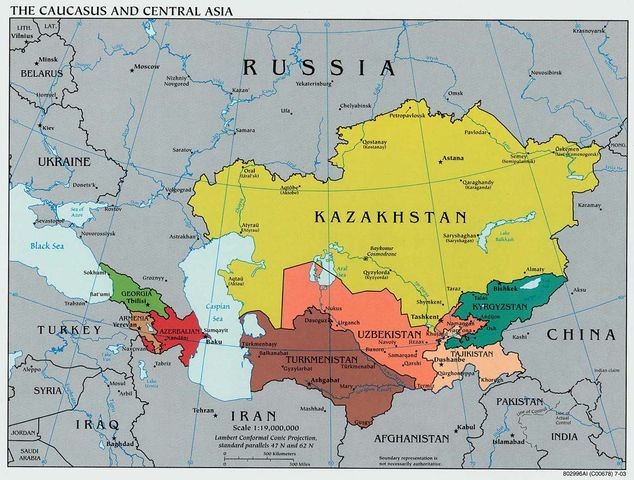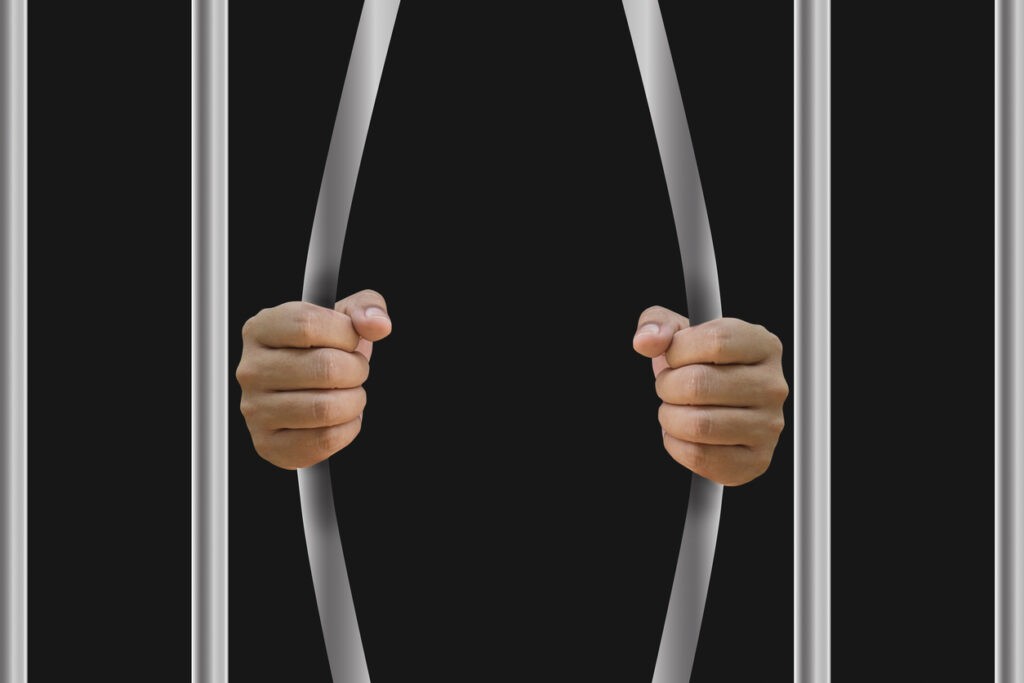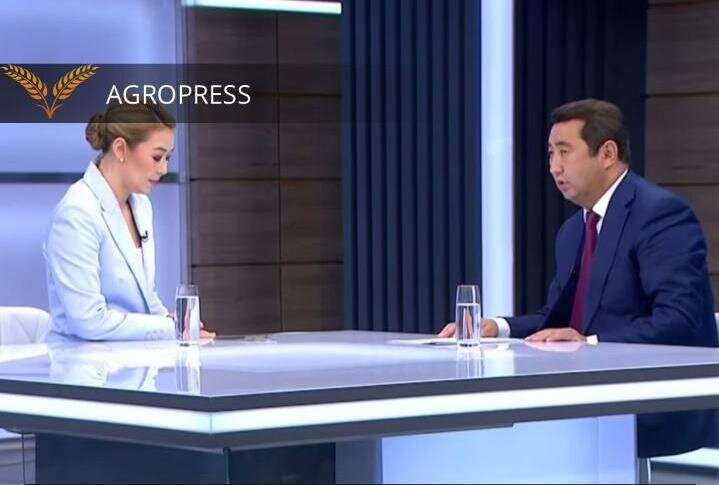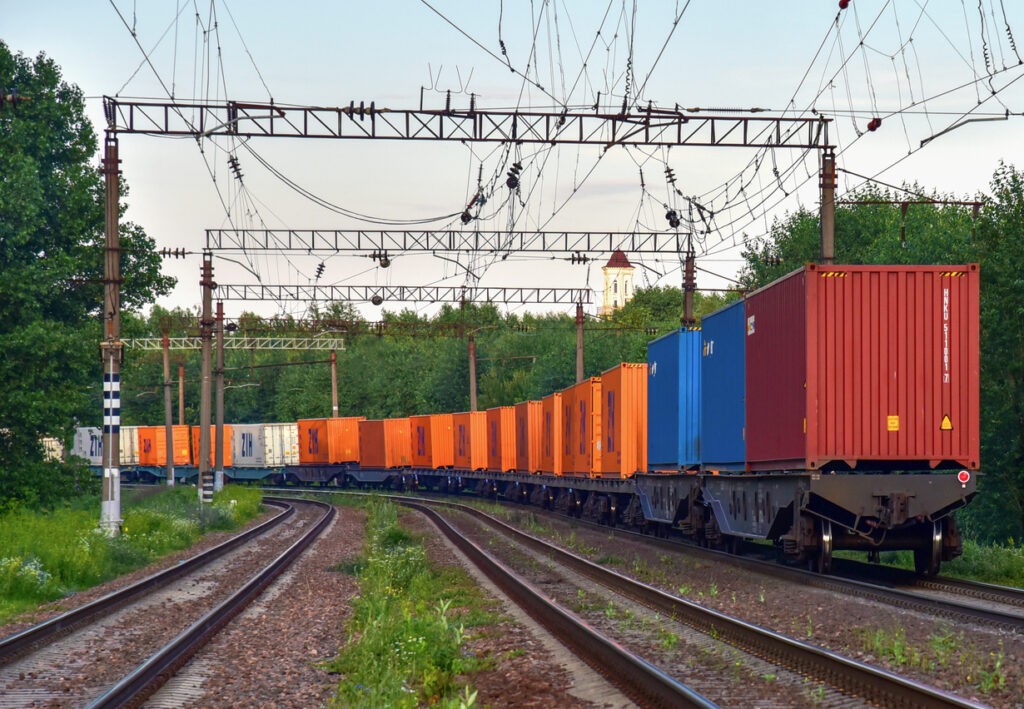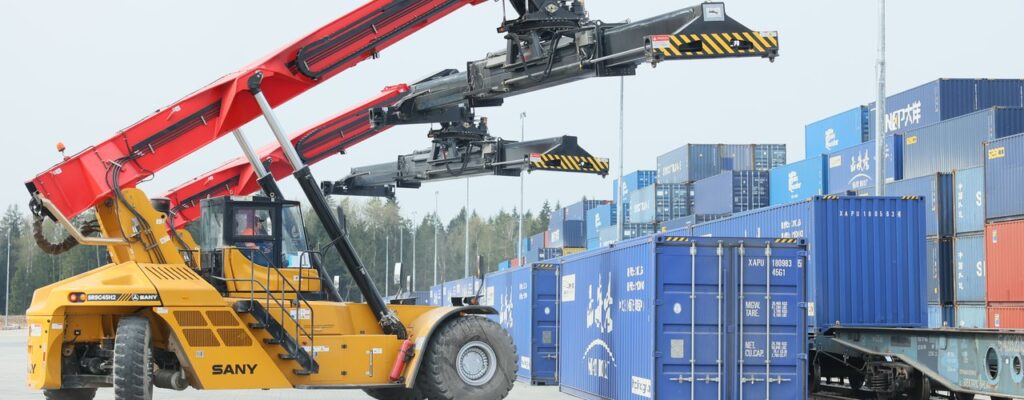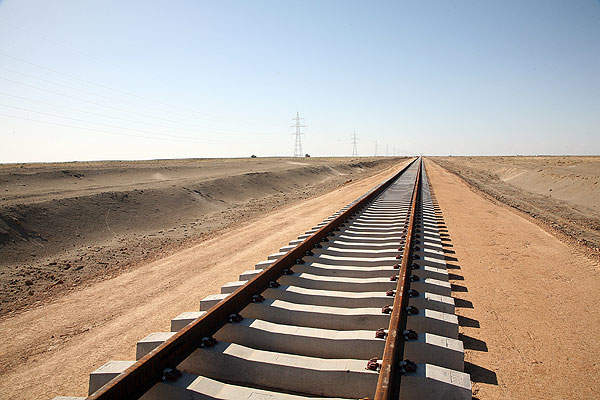BISHKEK (TCA) — The president of the European Bank for Reconstruction and Development (EBRD) believes that China’s Belt and Road Initiative will be a transformative benefit in areas where the development bank has worked for many years, Xinhua news agency reported.
The core values of China’s Belt and Road Initiative are shared by the EBRD, its President Suma Chakrabarti told Xinhua last week, saying, “There is very much an overlap between what we do and the Belt and Road Initiative.”
The vision for the initiative was a framework for cooperation and development across nations and continents which the EBRD supported, Chakrabarti said.
He noted that such values as integration, green development, and inclusiveness were repeatedly mentioned during the Belt and Road Forum for International Cooperation held in Beijing in May this year, which are also part of the core values of the EBRD.
Chakrabarti said this before delivering a strong message of support for the initiative at the annual meeting of the Center for Global Development (CGD) in Washington, which looks at both opportunities and challenges of the Belt and Road Initiative.
The EBRD was founded in 1991 as a development bank, operating initially in Eastern and Central Europe with its headquarters in London. Its areas of operation have expanded over the past decades to include Central Asia, the Mediterranean and North Africa.
China became the 67th shareholder of the EBRD in 2016, and the 65th nation to hold shares in the EBRD, although it is not a country of operation for EBRD activities.
Chakrabarti said China’s vision and EBRD’s operations were complementary.
“If you look at the number of countries we work in, 37, then 32 of them are on the Belt and Road initiative,” he said. “We have become really rather big in Central Asia which is the heart of the Belt and Road Initiative.”
Chakrabarti said that EBRD’s investment has increased by about 75 percent annually in the past few years in Central Asia with a total of $12 billion.
He also highlighted the importance of private sector in the construction of the China-proposed initiative, “We think the Belt and Road Initiative cannot be a success without a huge focus on private sector investment — energy or transportation or whatever sector, soft or hard sector you need multilateral investment banks to be involved. You need a mixture of investments, but also policy reform work to attract more investors into these countries.”
The EBRD also welcomes and offers support to the Asian Infrastructure Investment Bank (AIIB).
“With AIIB we have co-financed the project in Tajikistan, the road from Dushanbe to the Uzbek border,” Chakrabarti said.
The first joint project of the two banks will form part of the east-west highway in Central Asia, a road that won the EBRD’s approval of separate financing of $35 million in 2015.
The road is designed to connect Tajikistan, Uzbekistan, Afghanistan, Kazakhstan, Kyrgyzstan and Turkmenistan.
Chakrabarti said that he hoped the two institutions could further broaden their cooperation: “There are potential co-financing projects in Georgia, Egypt, Kazakhstan and Uzbekistan.”
